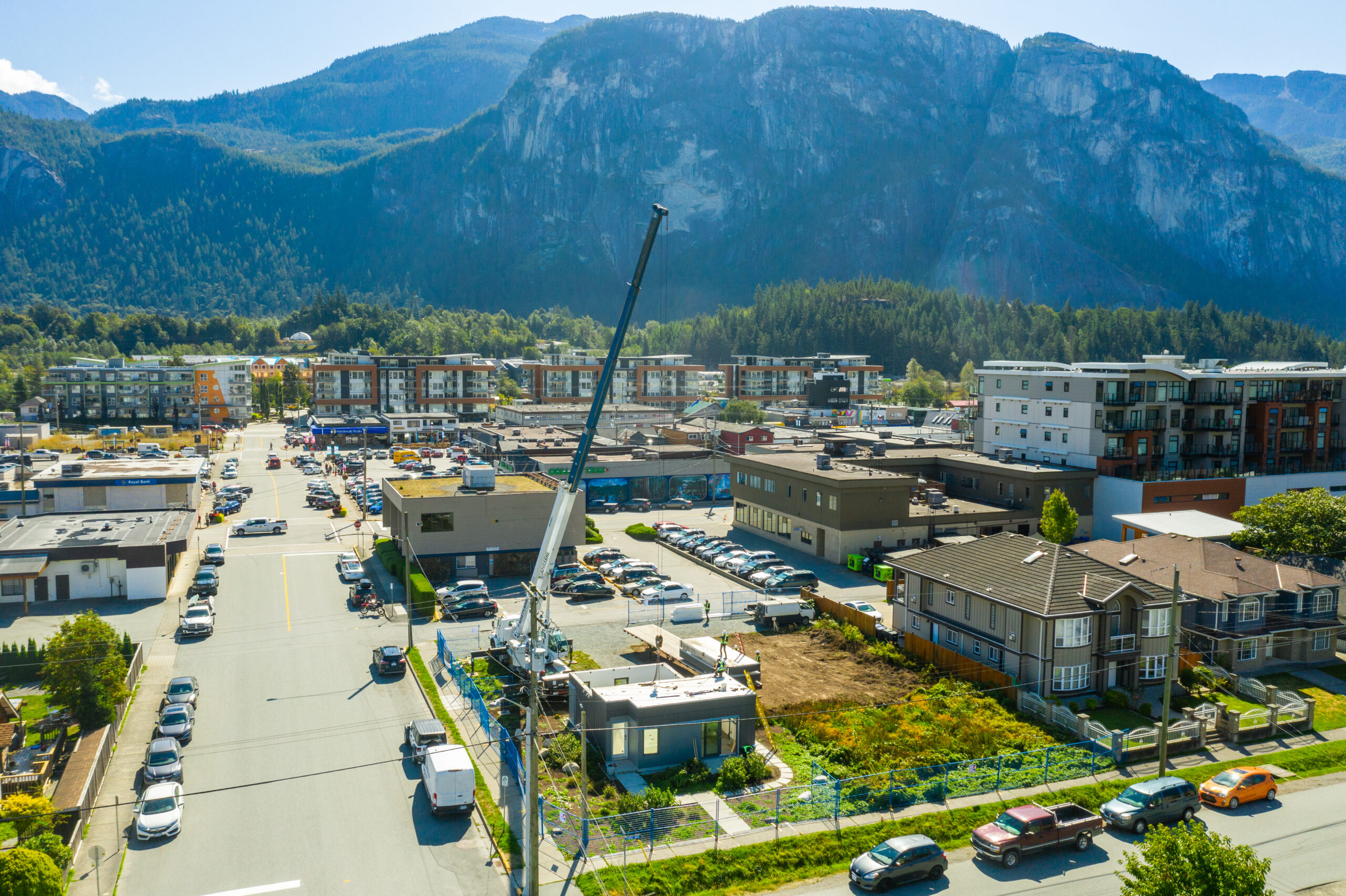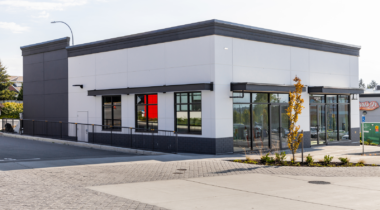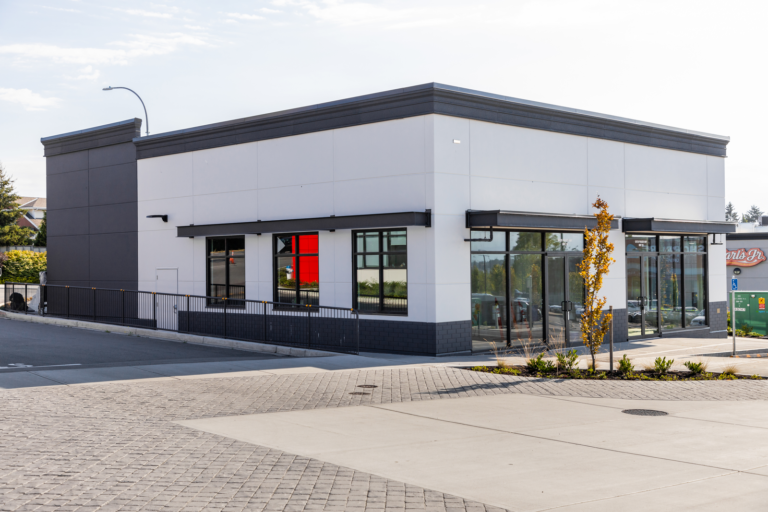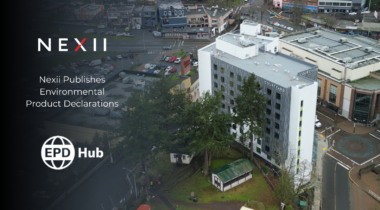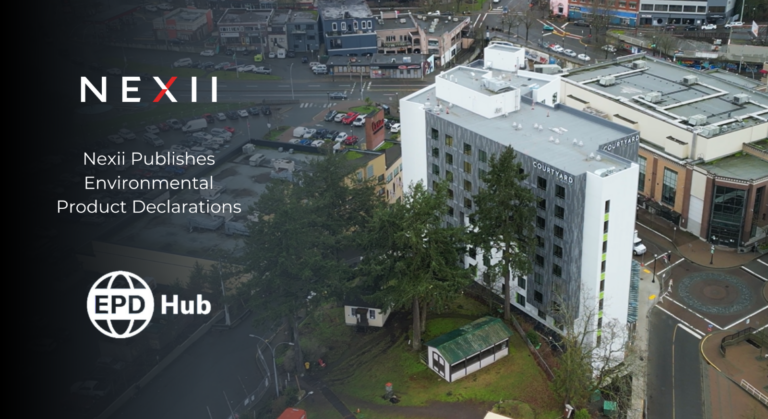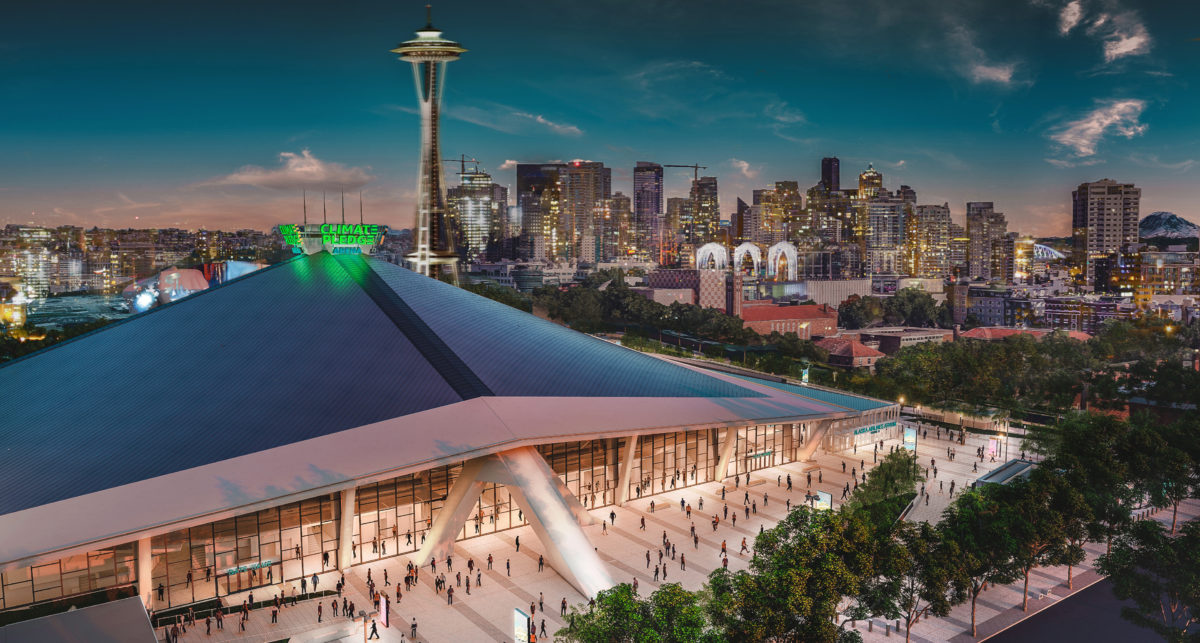
 Nexii is honoured to be working with world-renowned architect Jason F. McLennan considered one of the world’s most influential individuals in the field of architecture and the green building movement today. The accolades and awards garnered by Jason F. McLennan, are numerous and prestigious and a testament to his work as an environmental architect and a true industry disruptor. McLennan is the recipient of the prestigious Buckminster Fuller Prize (the planet’s top prize for socially responsible design) and the creator of the Living Building Challenge – the most stringent and progressive green building program in existence. McLennan was recently appointed Nexii impact architect.
Nexii is honoured to be working with world-renowned architect Jason F. McLennan considered one of the world’s most influential individuals in the field of architecture and the green building movement today. The accolades and awards garnered by Jason F. McLennan, are numerous and prestigious and a testament to his work as an environmental architect and a true industry disruptor. McLennan is the recipient of the prestigious Buckminster Fuller Prize (the planet’s top prize for socially responsible design) and the creator of the Living Building Challenge – the most stringent and progressive green building program in existence. McLennan was recently appointed Nexii impact architect.
By: Jason F. McLennan
We can no longer wait to create change. To reap the multiple benefits of building green while moving towards the desired goal of reversing climate change, we need to scale regenerative design and construction techniques and strategies. And to ‘scale successfully’, everyone must be on board. That means a change of standards, the use of innovative materials in the building process and leadership by all participants in the construction industry ‒ from architects to developers to builders.
Climate change used to be some far-off event, but now we see the effects of climate change all around us. Fire season is getting worse each summer, there are more extreme weather events, we see signs of ocean acidification all around the globe, and it’s becoming very real to millions of people. Buildings and construction are the largest single cause of the climate crisis, and to solve this crisis, we need to make considerable strides in our infrastructure, buildings, and the built environment. We need to take more significant steps and bolder action now.
Green building practices starting to scale
In some ways we are moving in the right direction. Green building practices are already starting to scale in certain sectors of the market. The tech sector and higher education are embracing deep green for bigger-scale projects. For example, Apple’s headquarters in Cupertino, CA, Apple Park, was designed to be powered 100% with renewable energy and includes natural ventilation and indigenous plant landscaping. Amazon is increasingly focused on their Climate Pledge – reducing corporate emissions to zero ten years ahead of the Paris targets and Microsoft’s new corporate campus, sidelined by the pandemic, was designed and is being built with sustainability in mind – from protecting and conserving local habitats, reducing carbon, and eliminating waste most notably using the International Living Future Institute’s zero carbon as a framework.
Higher education institutions are also leading the way in changing the way we build. Through their Sustainable Green Building Standards, Harvard University ensures that all new construction and renovation projects position Harvard as a leader in designing and optimizing buildings for health. We are working on a new Living Building Challenge dorm complex  for the Yale School of Divinity. And Western Washington University’s new advanced technology Engineering and Computer Science building – Kaiser Borsari Hall, will be the greenest higher education building in the state of Washington, a project we are collaborating on with Perkins and Will. Using solar to generate the energy for the building without any fossil fuel and built with local, sustainably harvested wood with a lower embodied carbon footprint, Kaiser Borsari Hall will break new ground for higher education in our region.
for the Yale School of Divinity. And Western Washington University’s new advanced technology Engineering and Computer Science building – Kaiser Borsari Hall, will be the greenest higher education building in the state of Washington, a project we are collaborating on with Perkins and Will. Using solar to generate the energy for the building without any fossil fuel and built with local, sustainably harvested wood with a lower embodied carbon footprint, Kaiser Borsari Hall will break new ground for higher education in our region.
Towards large scale regenerative design
As well as the leadership provided by the tech and higher education industries, there are additional factors that will propel us towards deeper green design on a larger scale:
- Corporate targets to reduce carbon. Many companies are trying to meet their carbon targets on an accelerated schedule – and that means changing their facilities! More than 100 multinational corporations, including Apple, Google, Amazon, Microsoft have committed to reducing their carbon footprint and achieving net-zero by 2040 or earlier. As more companies get on board, decarbonization and deeper green standards for new and retrofit builds will become the norm.
 The economics are improving. The economics of high performance building is getting better for the developer and builder. There is a perception that green buildings always cost more, and although that may have been the case many years ago, we are finding now that you can build deep green buildings for very reasonable budgets, including net-zero energy. The price of technologies such as LED lighting, batteries and solar have plummeted in cost. A good example is the price per watt for photovoltaics (solar energy), which has seen a significant drop in price since the mid-‘70s.
The economics are improving. The economics of high performance building is getting better for the developer and builder. There is a perception that green buildings always cost more, and although that may have been the case many years ago, we are finding now that you can build deep green buildings for very reasonable budgets, including net-zero energy. The price of technologies such as LED lighting, batteries and solar have plummeted in cost. A good example is the price per watt for photovoltaics (solar energy), which has seen a significant drop in price since the mid-‘70s.- Innovative ways to incorporate new technologies such as Solar Power Purchase Agreements (PPA). PPAs can make renewable solar energy available without upfront costs. A third-party Company installs the solar for the building owner who pays an agreed-upon energy rate. The solar provider gets a profit, while the upfront capital requirement by the client is reduced or eliminated. Essentially another way to finance renewable energy, this strategy is gaining popularity and further accelerating renewable energy adoption.
Regenerative Design in Large Structures
Sustainability is coming even to the most challenging, large and complex types of buildings: an NHL hockey arena! The Climate Pledge arena in Seattle, Washington, is the greenest venue of its kind and its goal is to be the most progressive, responsible, and sustainable arena in the world. My firm McLennan Design worked with the developer – OVG group and their consultants to create the sustainability strategy for this exciting new venue that opens later this year. Highlights of the sustainable building elements of the Climate Pledge Arena include:
- First arena in the world targeting net Zero Carbon certification by the International Living Future Institute (ILFI), the leading non-profit organization dedicated to advancing sustainable building practices.
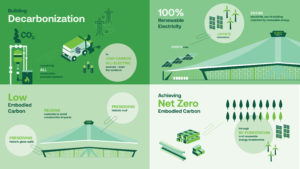 Arena will have all-electric operations and be powered with 100% renewable electricity, both from on-site solar panels and off-site renewable energy. Events at the arena will be made fully net zero carbon through investments in forestry projects with organizations such as The Nature Conservancy that will sequester any remaining carbon emissions from arena operations.
Arena will have all-electric operations and be powered with 100% renewable electricity, both from on-site solar panels and off-site renewable energy. Events at the arena will be made fully net zero carbon through investments in forestry projects with organizations such as The Nature Conservancy that will sequester any remaining carbon emissions from arena operations.- Carbon emissions and sustainability performance of the arena and all events will be measured and publicly disclosed.
- All operations and events at the arena will be ‘zero waste’ with durable and compostable containers. A minimum of 95% of all arena waste will be diverted from landfills on a weight basis.
- Arena will use reclaimed rainwater in the ice system to create the greenest ice in the NHL.
- Original 44-million-pound roof from the arena has been reused in construction to significantly reduce the embodied carbon of the building and maintain the historic nature of the venue.
The Climate Pledge arena will set a new sustainability standard for sports and event spaces worldwide and is proof that building sustainably is for all building types. And I love that this building has been named after a vision rather than a corporation – the idea that we need to move urgently to a zero carbon future for all our buildings.
Read Jason’s blog: Disrupting the Building Industry to achieve Sustainable Design
